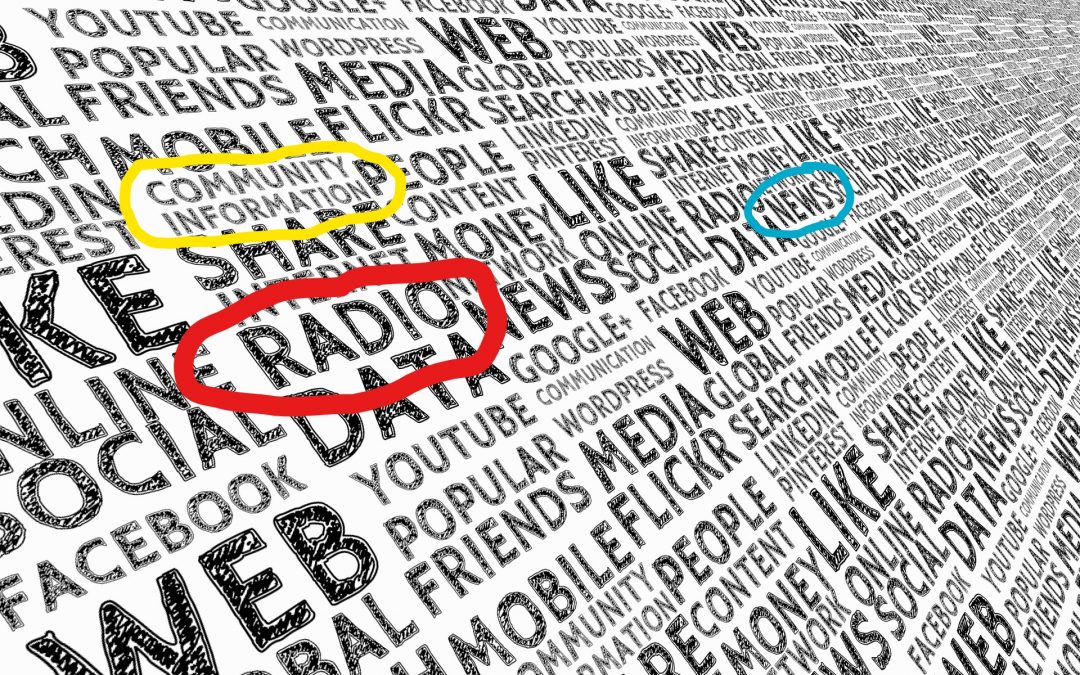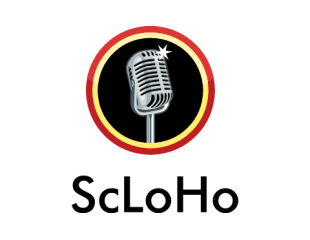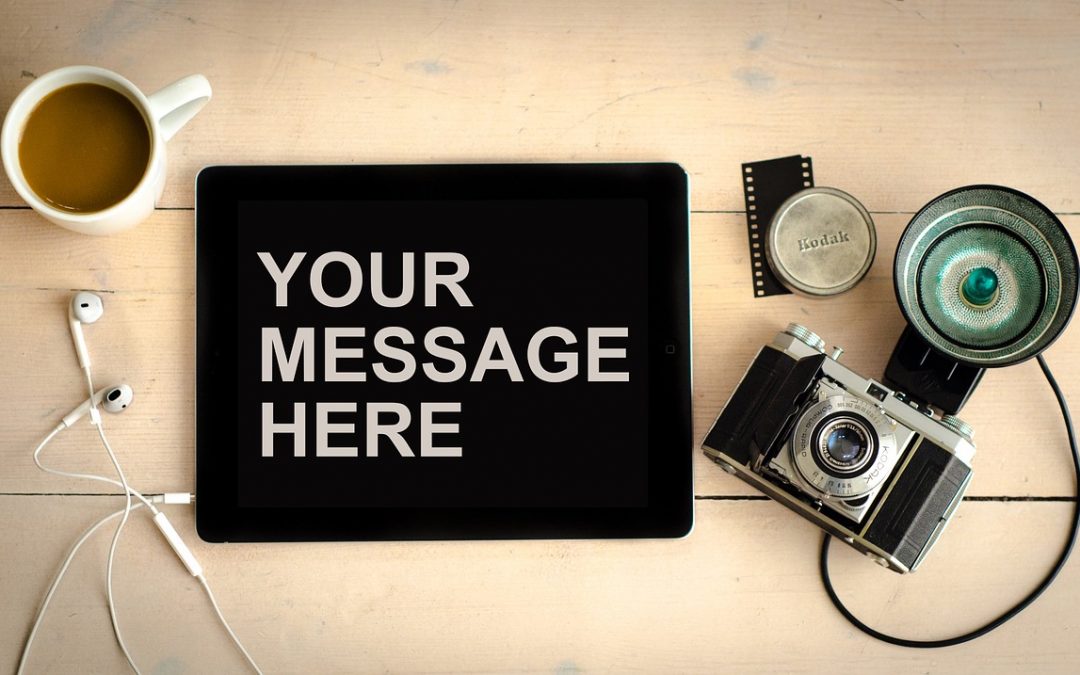
Lessons to Learn from Proctor & Gamble
Today’s article is going to break my usual self-imposed 10 minute rule. Nearly every article on my website and podcast episodes are under 10 minutes in length. This one is longer because I want you to get all the information and understand why it’s valid. We’ll start with the last part first.
In September 2023, I attended the Radio Sales Master Summit in Cincinnati, Ohio and got to attend multiple seminars and panel discussions and hang out with some of the guest speakers that weekend about a year ago.
One of the speakers was former Senior Media Analyst for Procter & Gamble John Fix who shared how he discovered the mistake that Proctor & Gamble made that was costing them tons of money and market share and then he fixed the problem.
John retired from P & G and created his own consultancy and has shared some of his tips and wisdom including something this summer that I’ll share in a moment.
John’s background is not advertising. He’s an engineer and his role at Proctor and Gamble was an analyst. He looked at numbers and data and using the science of engineering created hypothesizes and experiments to test how the validity of what he was doing.
From this article from RBR.com:
P&G noticed the trend of shrinking TV audiences in 2017. They started pumping more money into radio at the urging of media analyst John Fix. TV CPMs remain expensive due to demand – add an audience in decline and that higher cost is also considerably less effective.
Consumers have more choices on what to watch and how to watch it than ever before. The mass media of network TV from decades ago has been shrinking to the point of actually having too many choices for companies like P&G. There’s a term called CPM which refers to Cost Per Thousand that simply refers to the cost to reach a thousand people in reference to the cost of an ad.
Here’s some more facts and figures, originally published in March 2023:
Details of the P&G 2022 radio ad spend come as it was revealed that 18- to 49-year-olds are spending more time listening to the radio than watching linear TV for the first time ever.
It’s a cost-effective method for the company as the CPM to reach that same audience on TV is as high as $35-$65. YouTube CPMs range from $20-$25 and linear TV is in the $10-$15 range. Radio can be bought at a cost-per-thousand of $5-$6.
Those CPM figures are based on volume buying which for Proctor and Gamble is substantial. According to my sources, their total ad spend in 2022 was $2.2 Billion and radio recieved $235 million of that spend.
This increased investment in radio has only increased since 2022. As reported in April 2024:
The consumer-packaged goods giant boosted its ad spend as a share of sales by … more than $360 million, Chief Financial Officer Andre Schulten said in a media briefing. The Cincinnati-based manufacturer is famous in marketing circles for conducting rigorous and sophisticated research and analytics to ensure its marketing dollars deliver maximum return on investment. Said Schulten, “We will not spend if there’s no ROI.”
So what can we learn and apply to our local businesses when it comes to making smart advertising and marketing decisions? Here’s the latest from John Fix:
A long-held perception is that sight is needed to create product identity. The following is a framework that was used to talk about the role of media in different situations. It ties into how audio can work with a well-thought-out product.
Audio, specifically AM/FM radio, creates reach and brand awareness. This is important for new products as building awareness is key. A product cannot sell if consumers are not aware of it.
Brands are afraid that audio may not create awareness for new products because there is a belief that it is hard to talk about a product that consumers have not seen. The fear is that awareness may not translate to identifying the product at the point of sale (on the shelf) to make a purchase.
Incorporating audio in a media plan, especially a new product with a budget that does not include traditional mass reach media like linear TV, can be game changing. The next points elaborate on how awareness can work.
New product introduction and the role of audio
- BRANDING: Say the brand early, often, and spell out the name. Audio best practices highly recommend strong branding and using the name of the band. The brand name would ideally be spelled as it sounds so that saying the brand easily translates to recognition of the brand as it would appear on the label. If the brand name uses non-traditional language or an acronym, spelling the brand would not be a bad idea. Think of all of the new brands with names like “Sploosh” or with names of foreign origin. Lyft, Tumblr, Krispy Kreme, etc. are brand names that may require an audio prompt like “Krispy Kreme, spelled with a ‘K.’” The phrase “spell it out” may be taken literally.
- BENEFIT: Lead with a recognizable benefit for the consumer. Products exist to serve a purpose. Advertising can be weak when the benefit is an indescribable aesthetic, which is why beauty brands used to stay away from audio. Advertisers believed that beauty relies on sight and motion. Beauty advertisers learned the way to describe the benefit of “silky hair,” “brilliant, white teeth,” and identifiable terms for curly hair. Laundry learned to use adjectives to describe “clean laundry.” Even scented products learned their way into describing scents (nature fresh) with audio. Brands should utilize their consumer research to find the clearest, simple description of the product benefit and use it in the audio. If a brand can articulate a benefit, then audio will work. If there isn’t a strong recognizable benefit to the consumer, then a brand will have to think very hard about the product and the right of the product to succeed. Natural products tend to be safe and environmentally friendly. If that is the point of differentiation in a category, it should be said. “Natural” all but speaks for itself. Elaborate with audio.
- PACKAGING: Tell the consumer what to look for on the shelf. Products ideally have a form similar to the category. Mouthwash is typically a clear bottle with a large cap. Laundry and dishwashing detergent used to be a box with powder. Then they became a bottle with liquid and now, a novel container with pods. If the new product is in a form unlike the category or if the product uses assets unlike those familiar to the brand, then the audio should describe what the consumer should look for: “found in the bright yellow bottle,” “the toothpaste not in a tube,” “dishwasher detergent in a pod.” This allows audio to tell the consumer what to look for on the shelf. This would help a consumer to identify the brand and find the product at the point of sale.
- DISTRIBUTION/SHELF: Be descriptive on where to find the product in its category. If a product delivers a tangible benefit, then finding the product shouldn’t be hard. Market structure determines that retailers place substitutable products near each other: cleaning products, auto, household goods. New products should be in outlets where the category is sold. A brand, especially a new innovation, should say which product category it is associated with if necessary: “Found where cleaning products are sold.” This is also where the description of the package can help: “Available at grocery stores in the orange bottle.”
Audio can help your brand become “easy to mind, easy to find”
This framework was very helpful to the advertiser of innovative products. The framework tied the brand name, the appearance, and the strengths of the product to the applicability of audio.
More can be said specific to the belief that “sight is necessary to convey a benefit.” Cosmetics and beauty have long held the idea that the aesthetic benefit requires a consumer to see the end result. A good media brief for an image or video ad would describe exactly what would be desired in a visual medium and that language should be compelling in audio.
Audio best practices stress the importance of branding and conveying the benefit of the product. This framework adds the importance of making the brand physically identifiable and shows that it is possible for audio to lead a consumer to the shelf to find the product that will deliver the job to be done.
John Fix can be reached at johnfixltd@gmail.com.
How do you apply this advice to your local company? Contact me: Scott@ScLoHo.net




